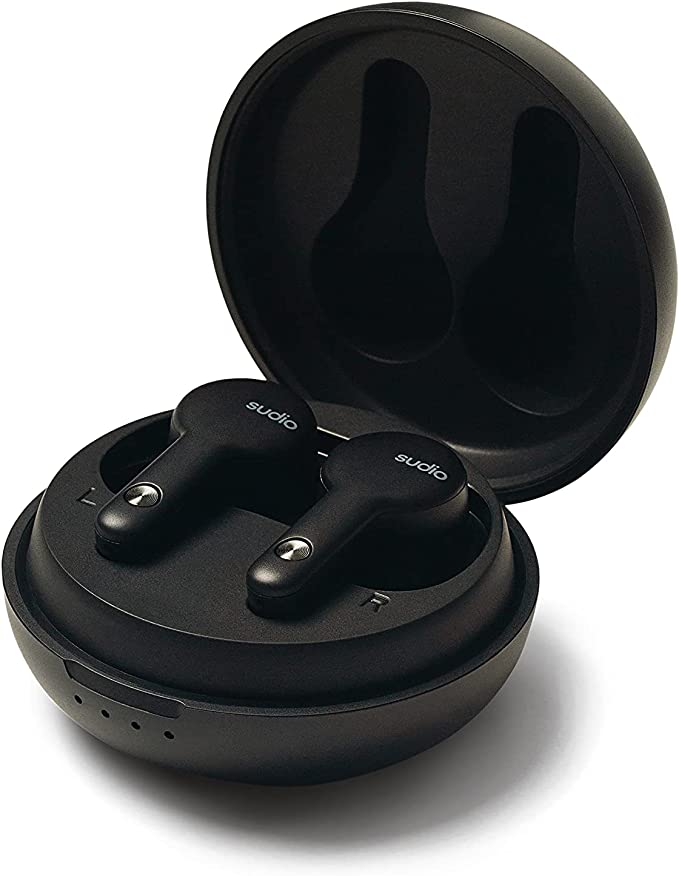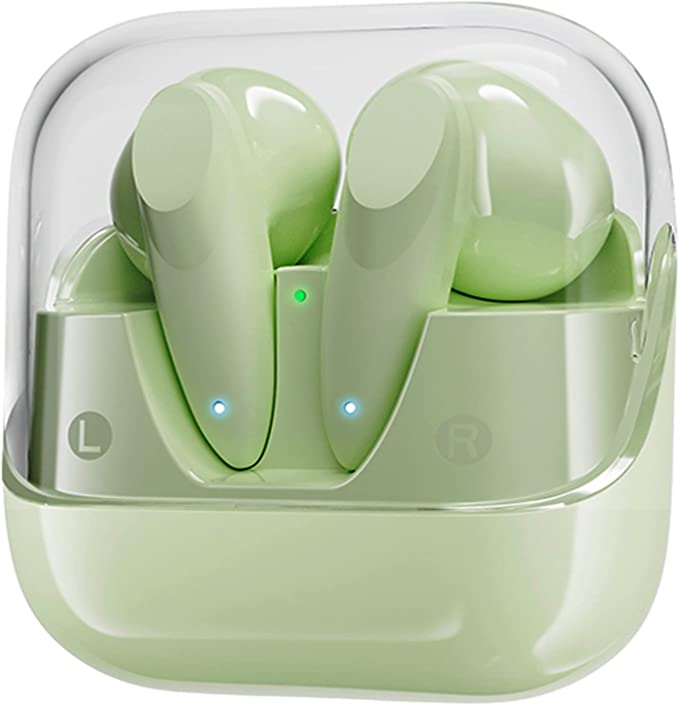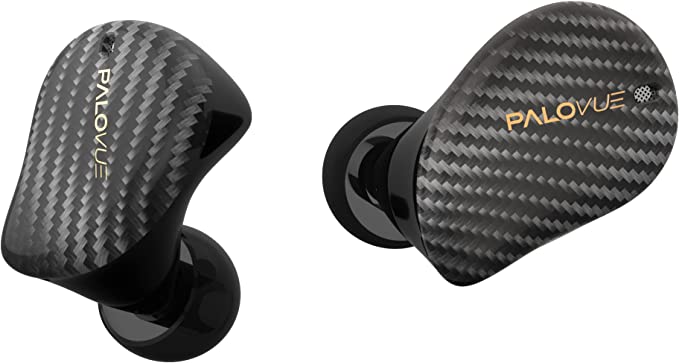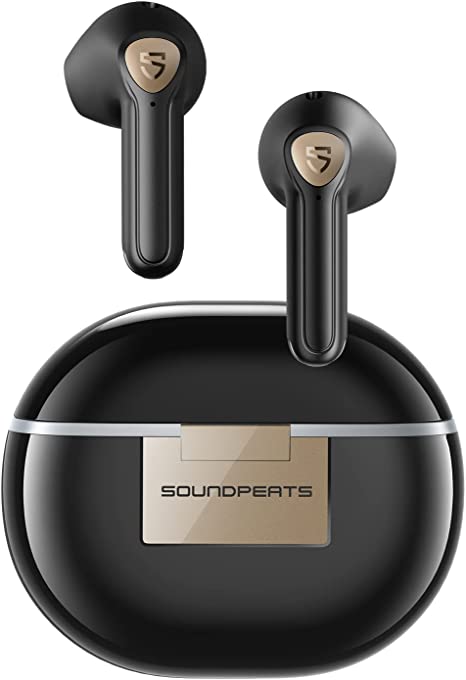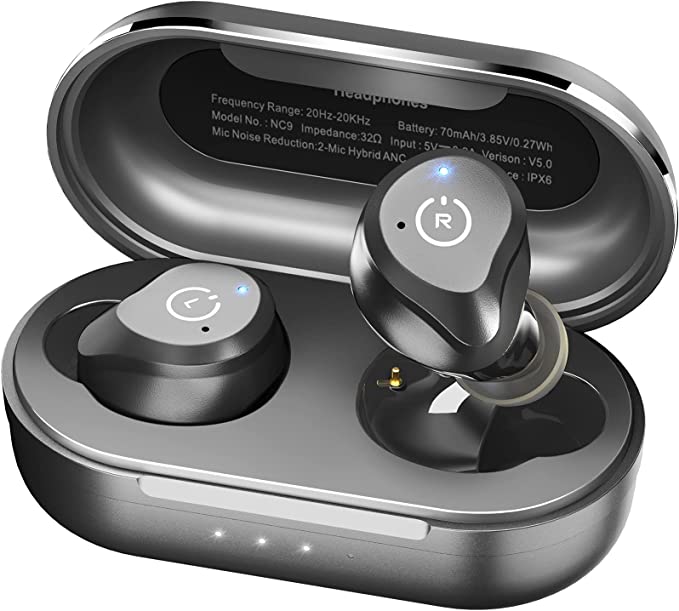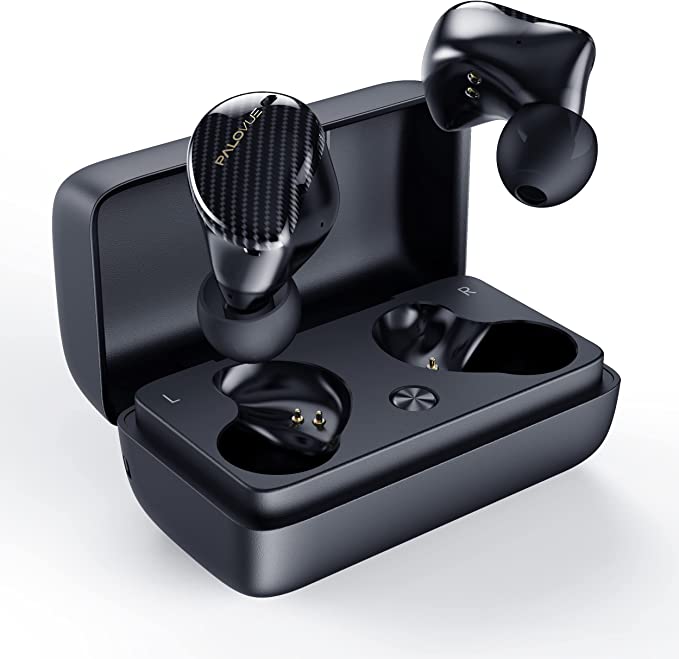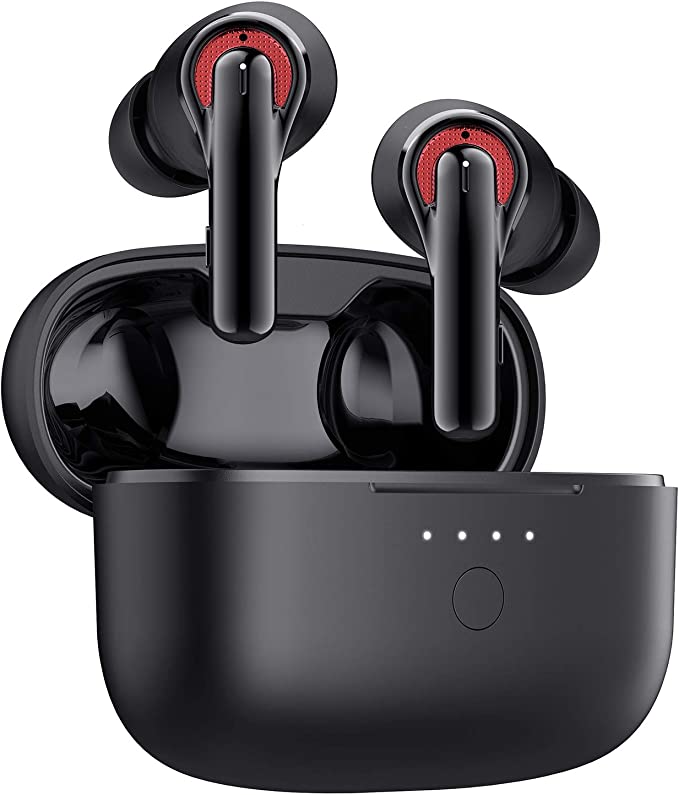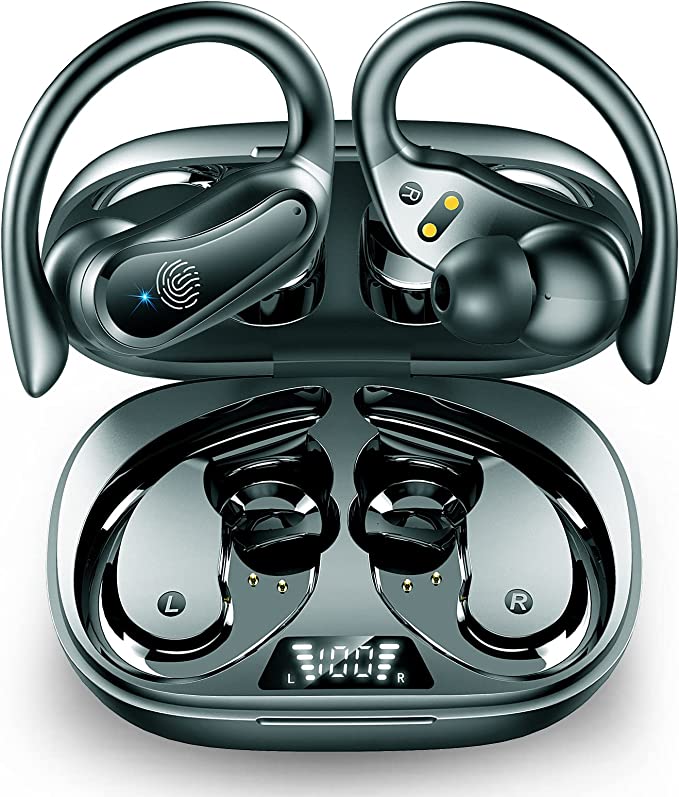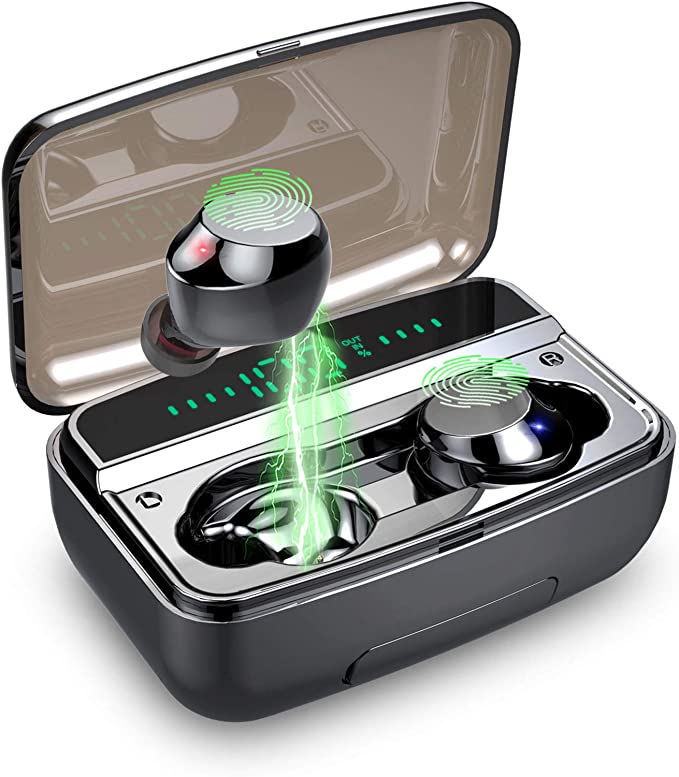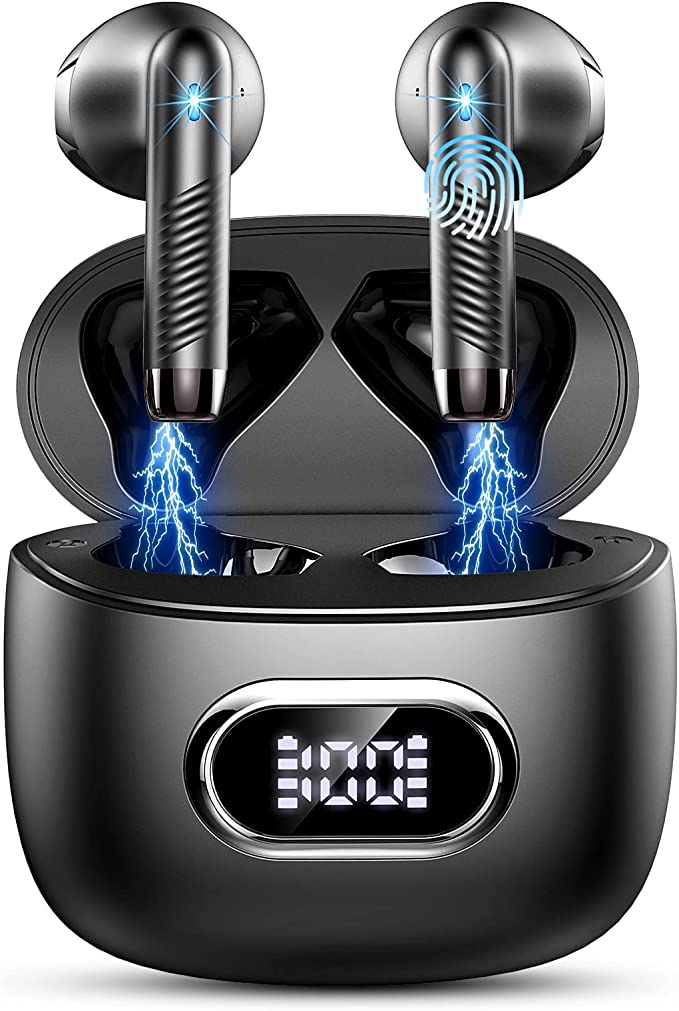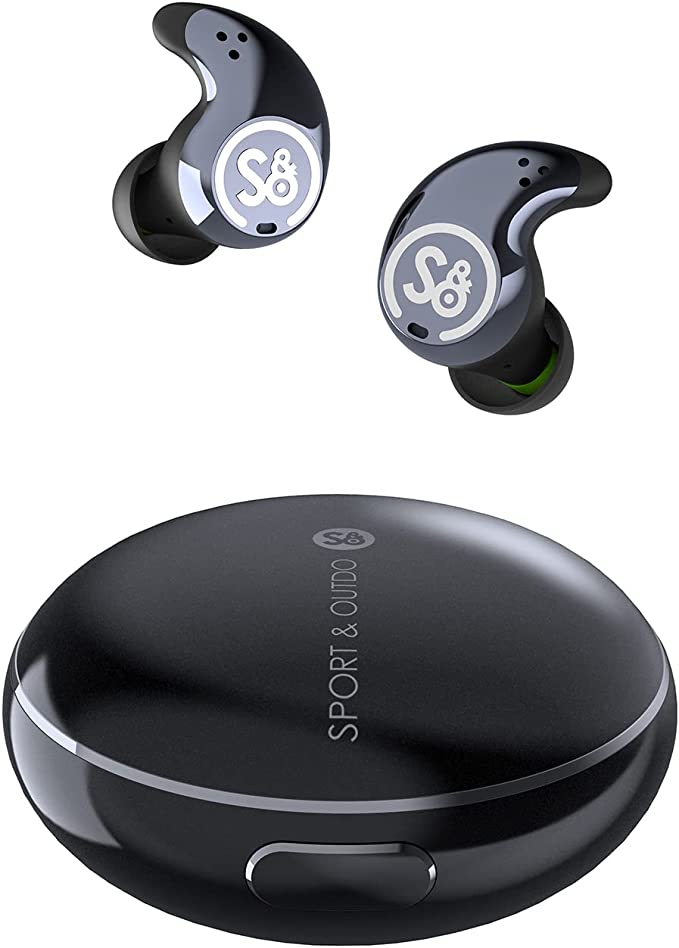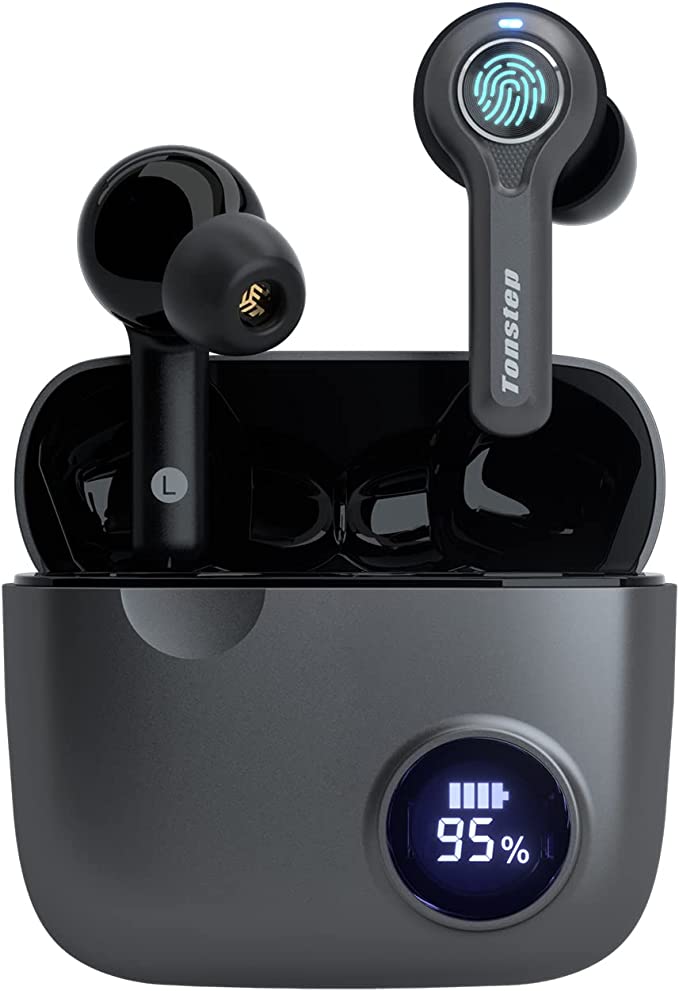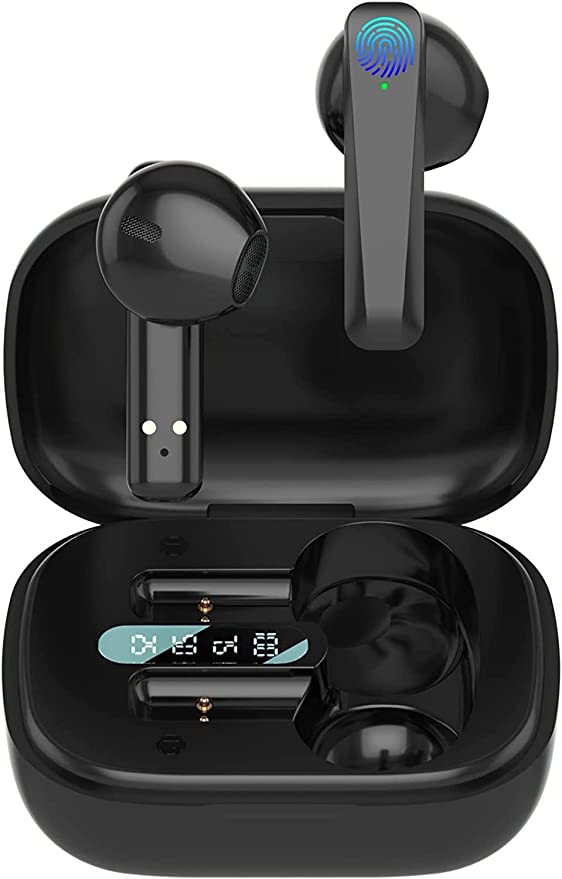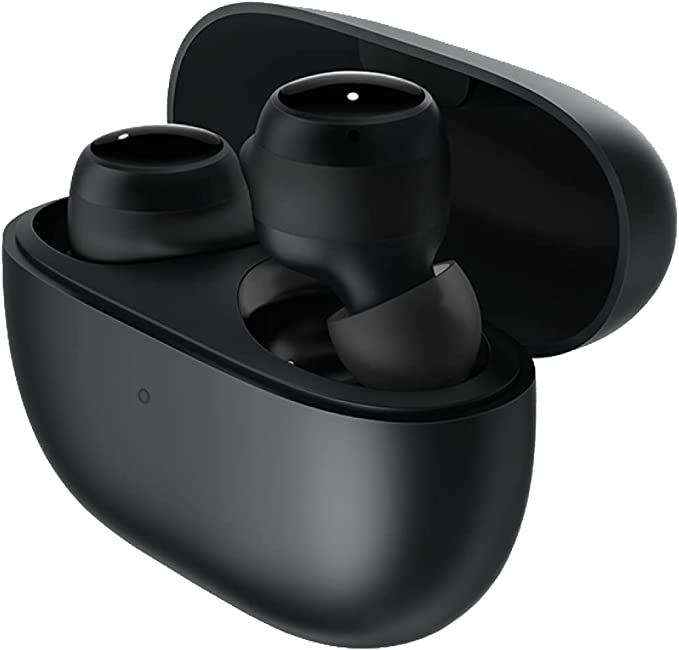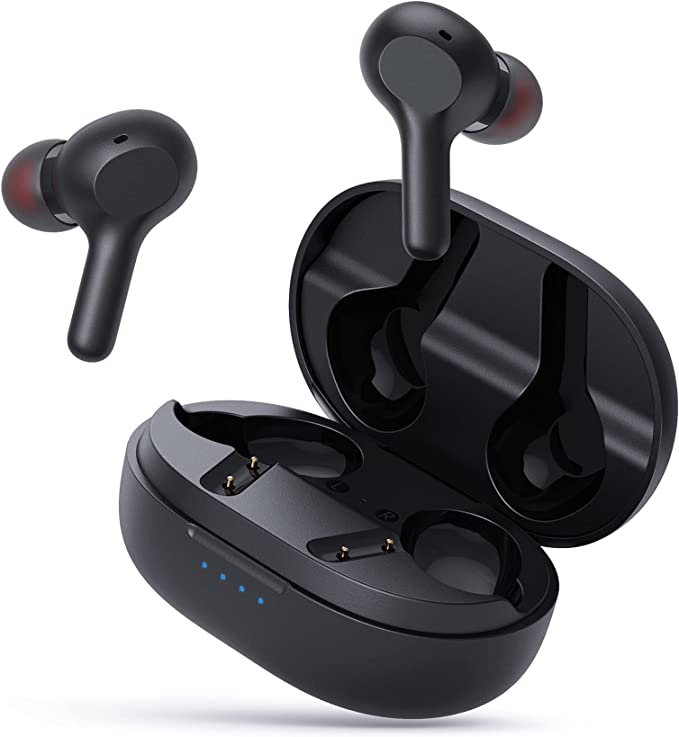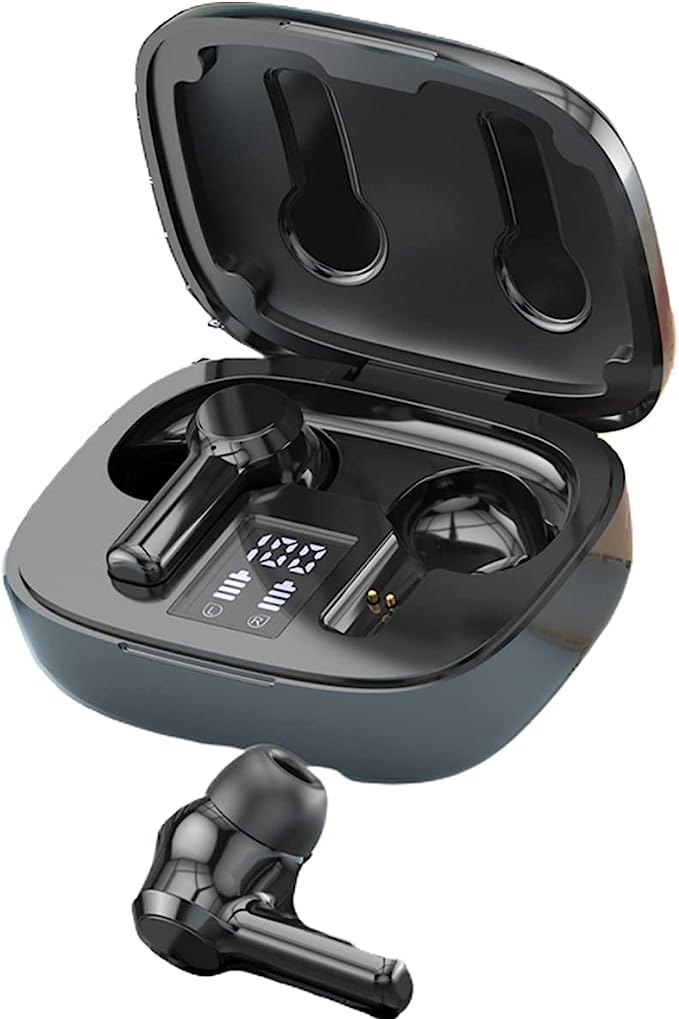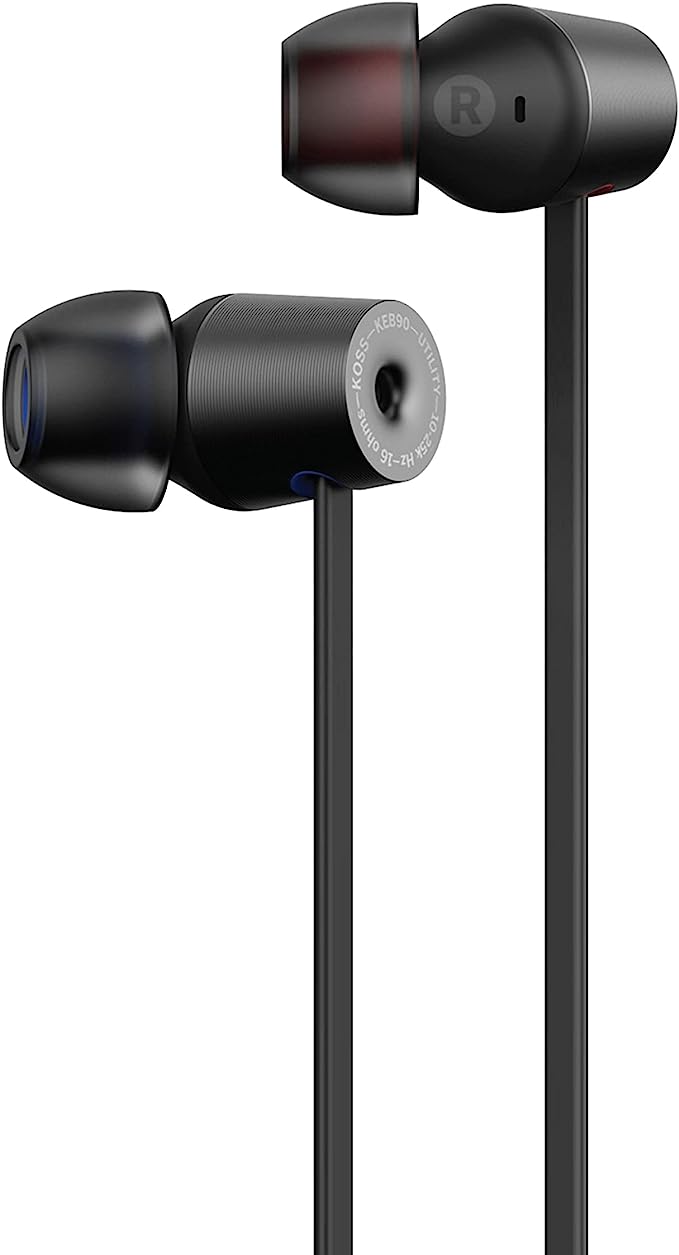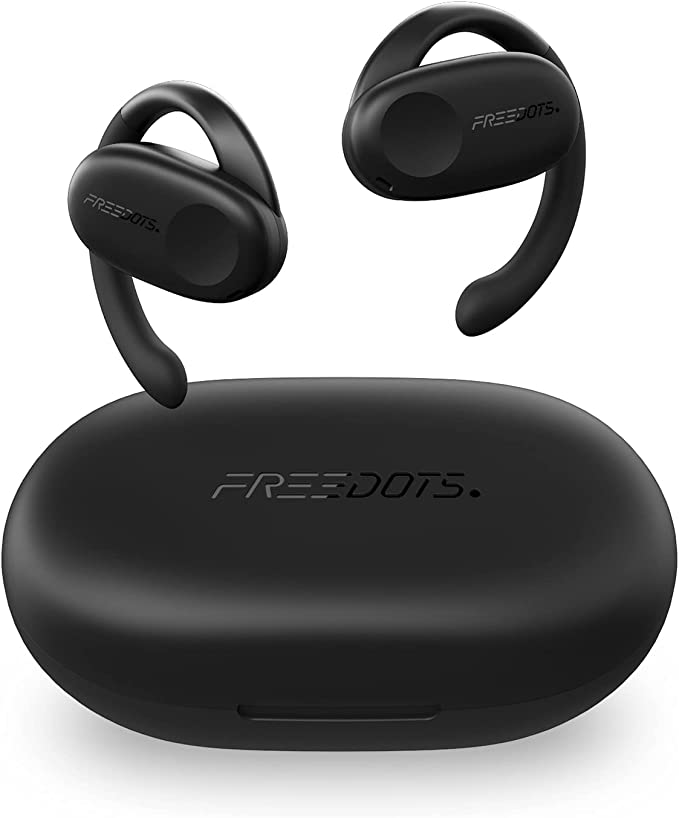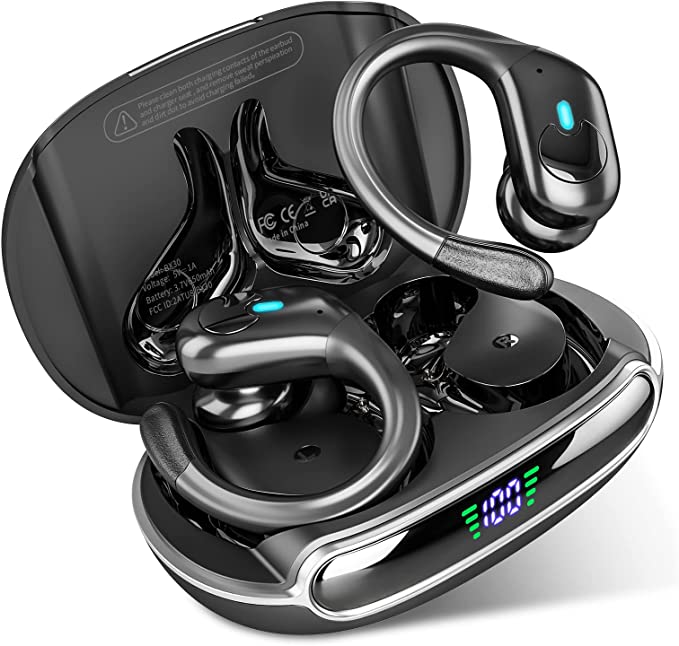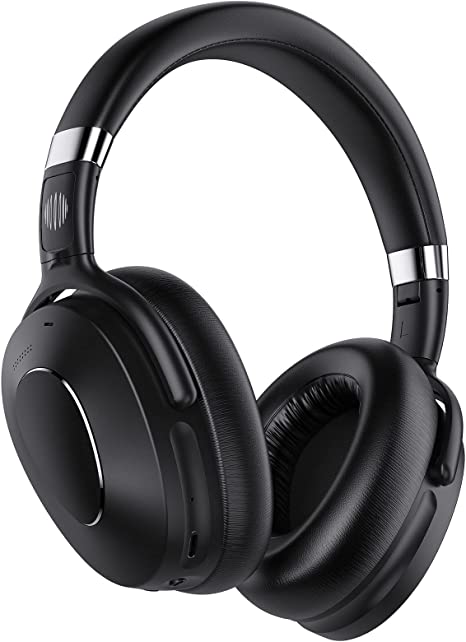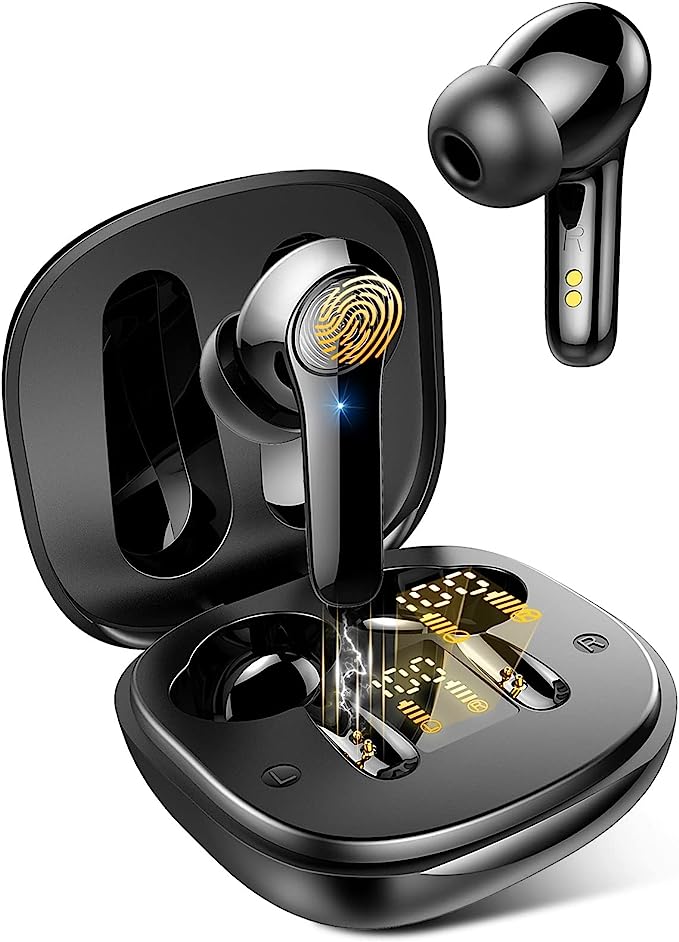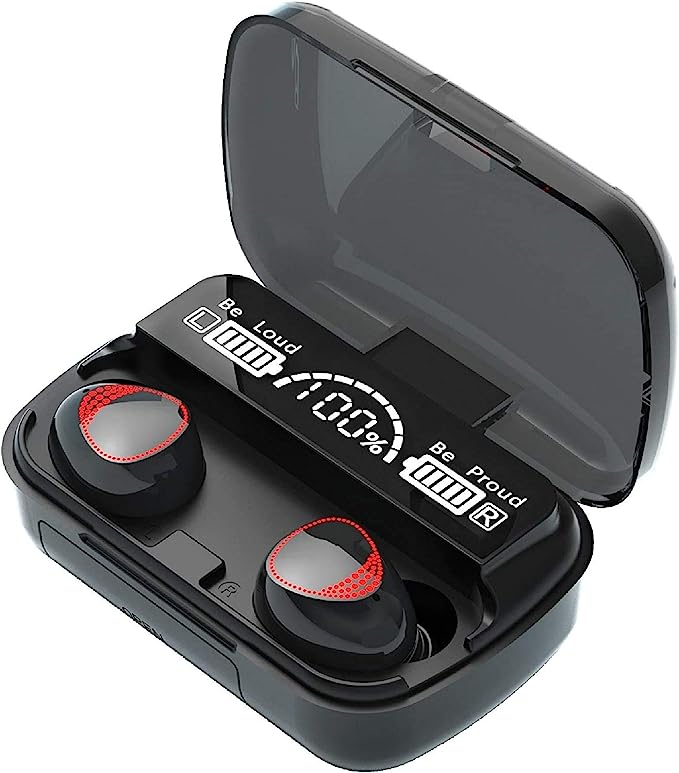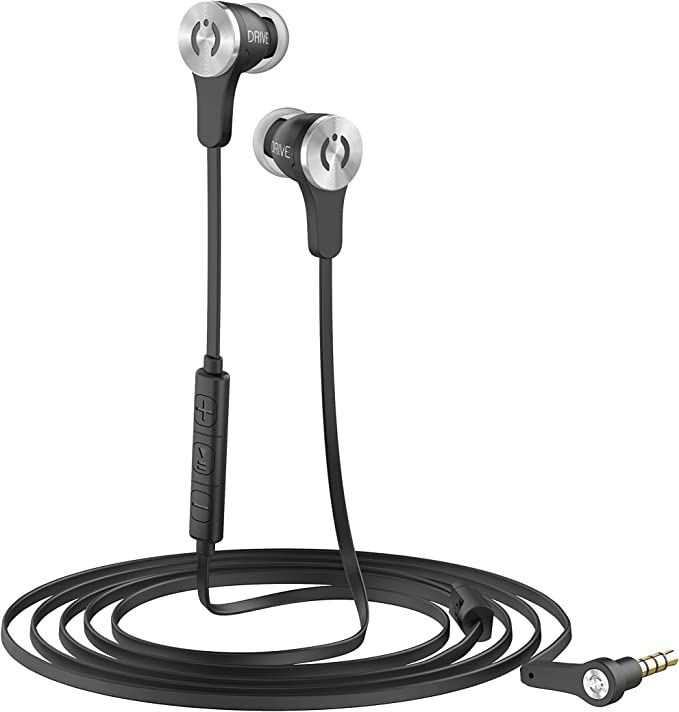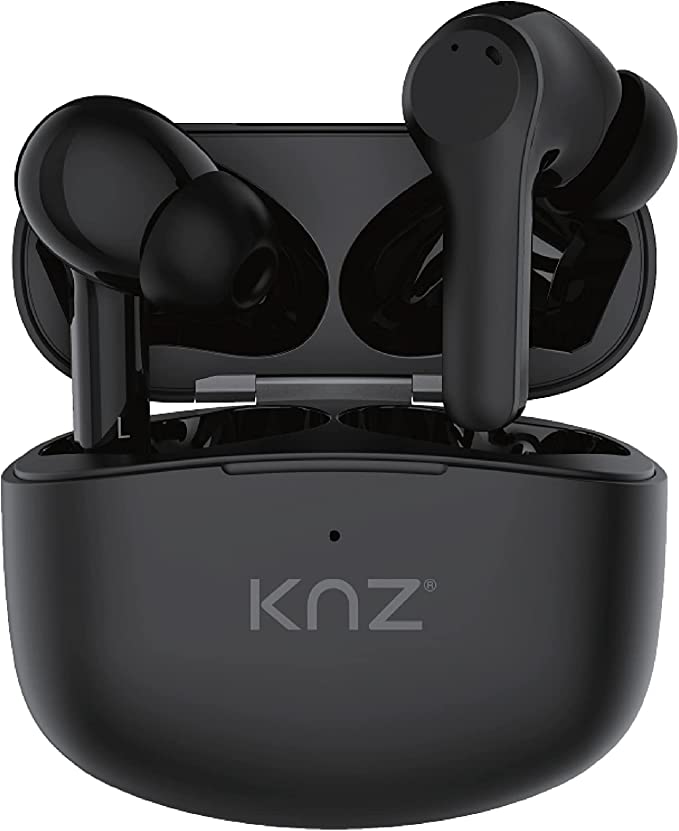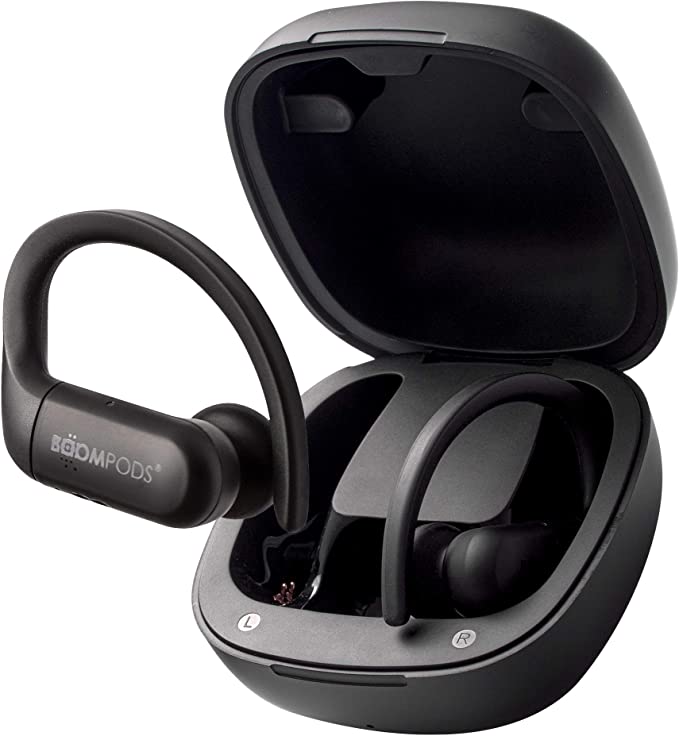Pamu Z1 Wireless Earbuds: Immerse Yourself in Sound with Dual ANC
Update on Sept. 23, 2025, 10:13 a.m.
It isn’t magic, it’s a fascinating dance of opposing forces. A journey into the science that lets us manufacture quiet in a loud world.
There’s a unique exhaustion that comes from being bombarded by noise. Think of the low, relentless drone of an airplane cabin, the chaotic symphony of an open-plan office, or the layered roar of city traffic during your commute. In these moments, we don’t just want less noise; we crave a profound sense of quiet. We yearn for a switch to turn down the world, to reclaim a piece of our own mental space. For decades, the only solution was to block our ears—with thick walls, heavy earmuffs, or simple foam plugs. But what if we could do something more radical? What if, instead of just blocking sound, we could actively erase it from existence before it ever reached our eardrums?
This idea sounds like science fiction, but it’s happening inside millions of devices every day. The answer lies not in better insulation, but in a deeply counterintuitive and elegant paradox: the best way to create silence is by strategically adding more sound.

The Delicate Dance of Opposing Waves
To understand this feat, we first have to remember what sound is: a pressure wave traveling through a medium, like air. It’s a series of compressions and rarefactions, with peaks (crests) of high pressure and valleys (troughs) of low pressure. For centuries, we’ve known about a phenomenon called wave interference. Imagine dropping two pebbles into a perfectly still pond. Where the crest of one ripple meets the crest of another, they combine to create a larger wave. This is constructive interference.
But something far more interesting happens when the crest of one wave meets the trough of another. If they are perfectly matched in size (amplitude) and perfectly out of step (out of phase), they cancel each other out. The high pressure of the crest is nullified by the low pressure of the trough, and for a fleeting moment, the water is perfectly still. This is destructive interference.
This is the foundational principle of Active Noise Cancellation (ANC). An ANC headphone is, in essence, a highly sophisticated machine for creating perfect, sound-destroying mirror images. It listens to the outside world and, in real-time, generates an “anti-noise”—a sound wave that has the exact same amplitude but the opposite phase of the incoming noise. When the original noise and the newly generated anti-noise meet near your ear, they perform this delicate dance of opposition, annihilating each other into silence.

A Spark of Genius at 30,000 Feet
While the physics is timeless, its application to our ears is a relatively recent marvel. The core idea was first patented in the 1930s by German physicist Paul Lueg as a way to cancel noise in ducts, but the concept lay dormant for decades. It took a moment of profound, relatable frustration to bring it to life.
In 1978, Dr. Amar Bose, founder of the eponymous audio company, was on a transatlantic flight. He had just been given a new pair of airline-supplied electronic headphones, but found them useless against the overwhelming roar of the jet engines. He knew that the foam earcups, a form of passive noise cancellation, were powerless against the deep, low-frequency hum that easily passed through physical barriers. During that long flight, he began sketching out the mathematics for an active system that could defeat the noise. It was a problem that demanded a more elegant solution than just adding more padding.
That inflight epiphany led to years of research and, eventually, the first commercial noise-cancelling headsets for pilots in 1989. Dr. Bose realized that to cancel the relentless drone of an engine, you didn’t need a thicker wall; you needed a smarter wave.

An Orchestra of Microphones and Algorithms
Of course, the noise of the real world is infinitely more complex than a simple engine drone. It’s a messy cacophony of different frequencies and amplitudes. This is where modern engineering turns a simple principle into a sophisticated system. Today’s advanced earbuds employ a Hybrid ANC system, a two-pronged attack on noise.
First, a “feedforward” microphone on the outside of the earbud acts as a scout, listening to the ambient environment to get an early reading of the noise. Second, a “feedback” microphone on the inside acts as a guard, detecting any noise that has managed to leak past the physical seal of the eartip.
Both of these signals are fed into a powerful digital signal processing (DSP) chip—the conductor of this silent orchestra. The chip analyzes the complex noise in milliseconds and generates the precise anti-noise wave. A modern set of earbuds like the pamu Z1 serves as a perfect illustration of this principle in action. It leverages this hybrid system to analyze and counteract a wide spectrum of sound. This allows it to achieve a noise reduction of up to -40 decibels ($dB$). Because the decibel scale is logarithmic, this isn’t a simple 40% reduction; it’s a staggering decrease in sound intensity to just 1/10,000th of its original level. It’s the difference between a roaring engine and a soft whisper.

The Science of a Flawless Conversation
The quest for auditory control doesn’t end with silence. What about when we want to isolate a specific sound, like our own voice during a phone call in a crowded train station? Our brains perform this feat effortlessly through a phenomenon known as the “cocktail party effect,” allowing us to focus on one conversation amid a sea of chatter. For technology, this is an immense challenge.
This is solved by Environmental Noise Cancellation (ENC), which often uses a technique called beamforming. By using multiple microphones, the system can determine the direction from which sounds are arriving. An algorithm then creates a virtual “beam” or spotlight, amplifying the sound coming from the direction of your mouth while actively suppressing sounds from all other directions.
The four-microphone array found in the pamu Z1, two on each earbud, is designed for exactly this purpose. It creates that focused listening zone, effectively building a cone of silence around the user’s voice. It is a remarkable piece of engineering that allows an algorithm to mimic a complex feat of human neurology.

Redesigning Our Auditory Reality
When you put on a pair of noise-cancelling earbuds, you are participating in a remarkable act of physics. You are not just blocking the world out; you are actively engaging with it, using precisely engineered sound waves to curate your own sensory environment.
This technology is far more than a feature on a spec sheet. It’s a powerful tool for focus in an age of distraction, a pocket of calm in a chaotic world, and a means of control over our personal environment. Dr. Bose’s vision on that noisy flight was not just about better headphones; it was about the fundamental human desire for a moment of peace. As our world becomes ever louder and our lives more interconnected, tools that allow us to manage our sensory input are no longer a luxury. They are becoming a necessity for navigating the beautiful, noisy landscape of modern life.




